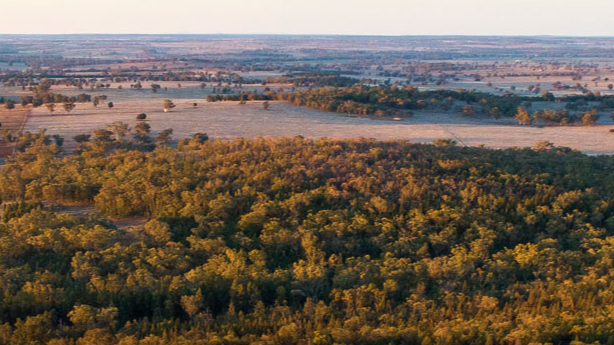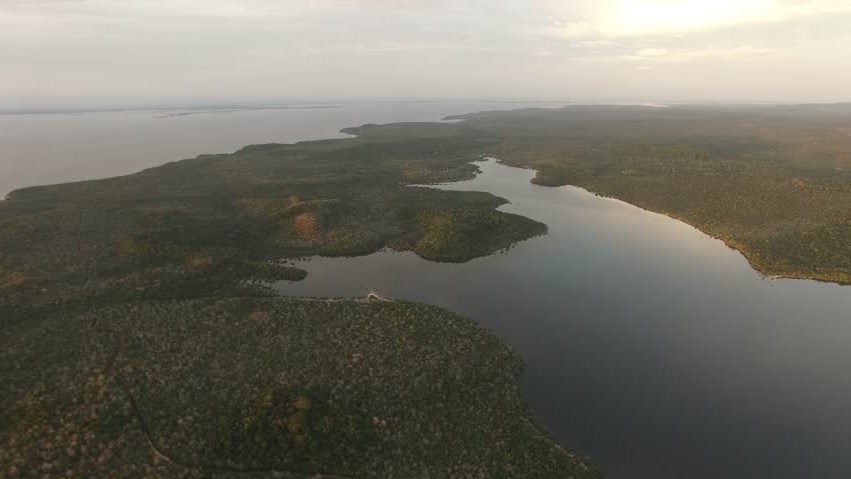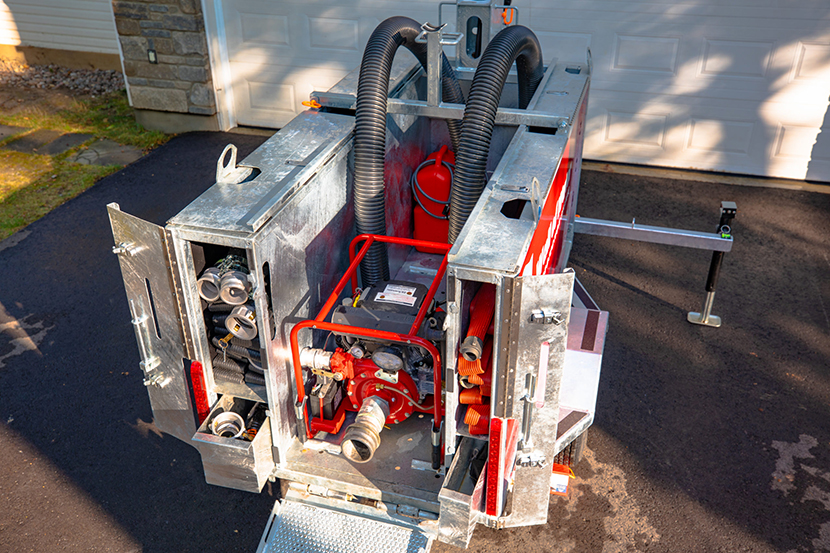By Julianne Geiger - Nov 01, 2024
![]()

The total number of active drilling rigs for oil and gas in the United States saw no change this week, according to new data that Baker Hughes published on Friday, after holding steady in the week prior.
The total rig count stayed at 585, according to Baker Hughes, down more than 5% from this same time last year.
The number of oil rigs fell by 1 this week to 479—down by 17 compared to this time last year. The number of gas rigs rose by 1 this week to 102, a loss of 16 active gas rigs from this time last year. Miscellaneous rigs stayed the same at 4.
Meanwhile, U.S. crude oil production stayed at its highest level ever in the week ending October 25—for the third week in a row—according to weekly estimates published by the Energy Information Administration (EIA). Current weekly oil production in the United States, according to the EIA, continues to sit at 13.5 million bpd.
Primary Vision’s Frac Spread Count, an estimate of the number of crews completing wells that are unfinished, rose by one in the week ending October 25, from 238 to 239—nearly at the same level as the beginning of the year.
Drilling activity in the Permian slipped by 1 this week to 303—a figure that is 7 fewer than this same time last year. The count in the Eagle Ford also fell by 1, to 48. Rigs in the Eagle Ford are now just 3 below where they were this time last year.
Oil prices were trading up on Friday. At 12:23 p.m. ET, the WTI benchmark was trading up $0.79 (+1.14%) on the day at $70.05, down roughly $1.30 per barrel from this time last week. The Brent benchmark was trading up $0.79 (+1.09%) on the day at $73.60—more than $2 per barrel down from last Friday’s price.
By Julianne Geiger for Oilprice.com

The total number of active drilling rigs for oil and gas in the United States saw no change this week, according to new data that Baker Hughes published on Friday, after holding steady in the week prior.
The total rig count stayed at 585, according to Baker Hughes, down more than 5% from this same time last year.
The number of oil rigs fell by 1 this week to 479—down by 17 compared to this time last year. The number of gas rigs rose by 1 this week to 102, a loss of 16 active gas rigs from this time last year. Miscellaneous rigs stayed the same at 4.
Meanwhile, U.S. crude oil production stayed at its highest level ever in the week ending October 25—for the third week in a row—according to weekly estimates published by the Energy Information Administration (EIA). Current weekly oil production in the United States, according to the EIA, continues to sit at 13.5 million bpd.
Primary Vision’s Frac Spread Count, an estimate of the number of crews completing wells that are unfinished, rose by one in the week ending October 25, from 238 to 239—nearly at the same level as the beginning of the year.
Drilling activity in the Permian slipped by 1 this week to 303—a figure that is 7 fewer than this same time last year. The count in the Eagle Ford also fell by 1, to 48. Rigs in the Eagle Ford are now just 3 below where they were this time last year.
Oil prices were trading up on Friday. At 12:23 p.m. ET, the WTI benchmark was trading up $0.79 (+1.14%) on the day at $70.05, down roughly $1.30 per barrel from this time last week. The Brent benchmark was trading up $0.79 (+1.09%) on the day at $73.60—more than $2 per barrel down from last Friday’s price.
By Julianne Geiger for Oilprice.com








